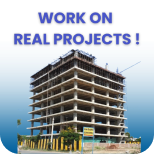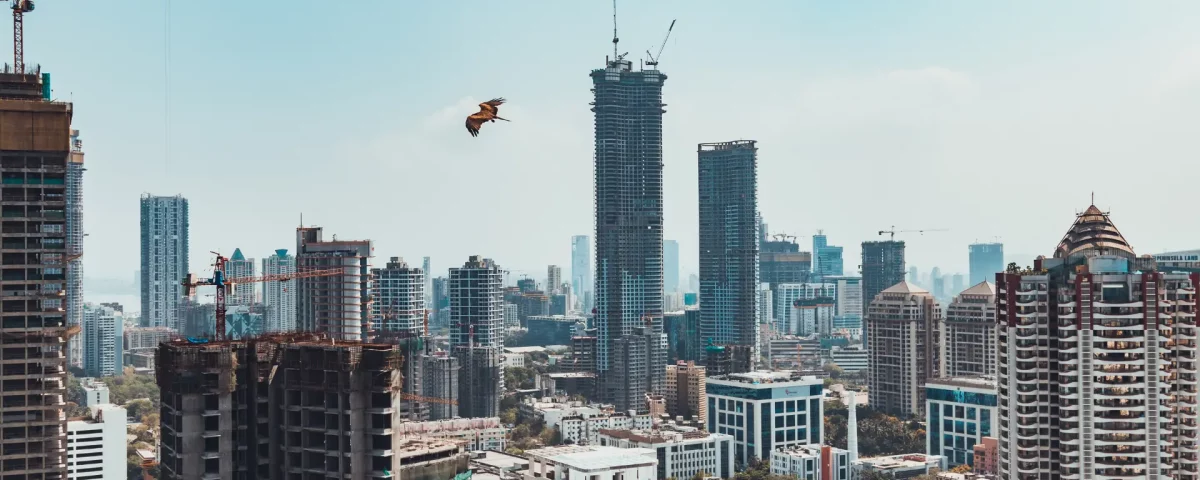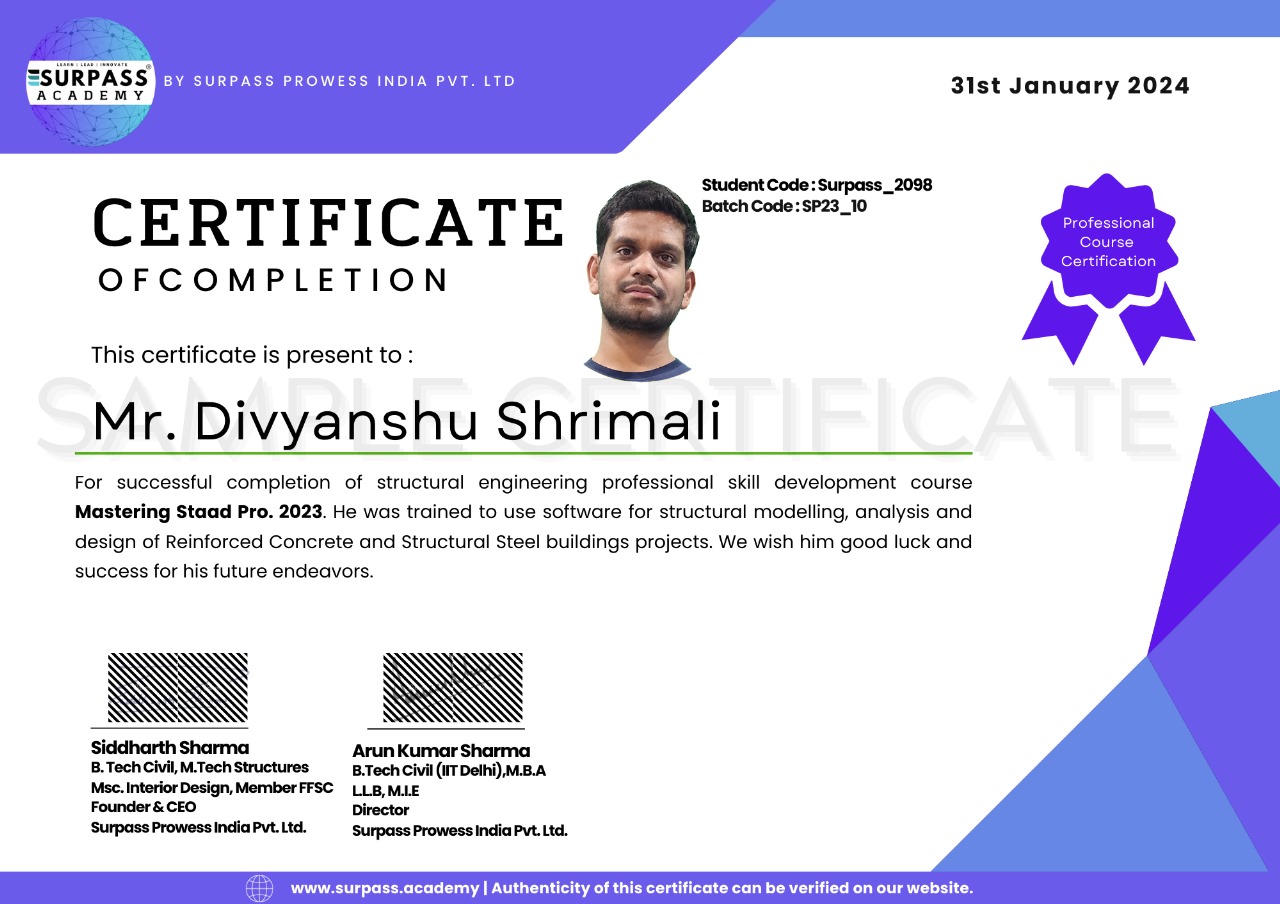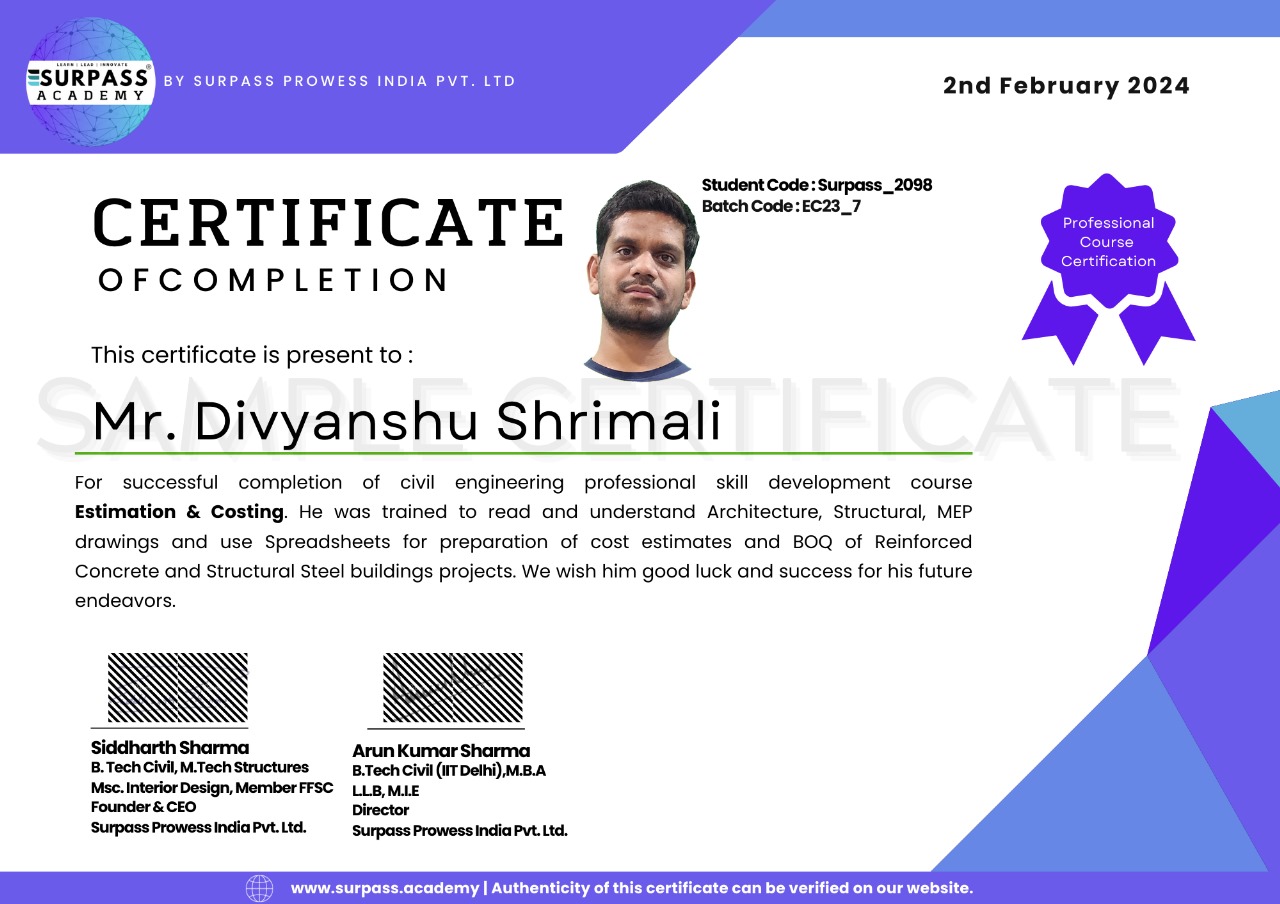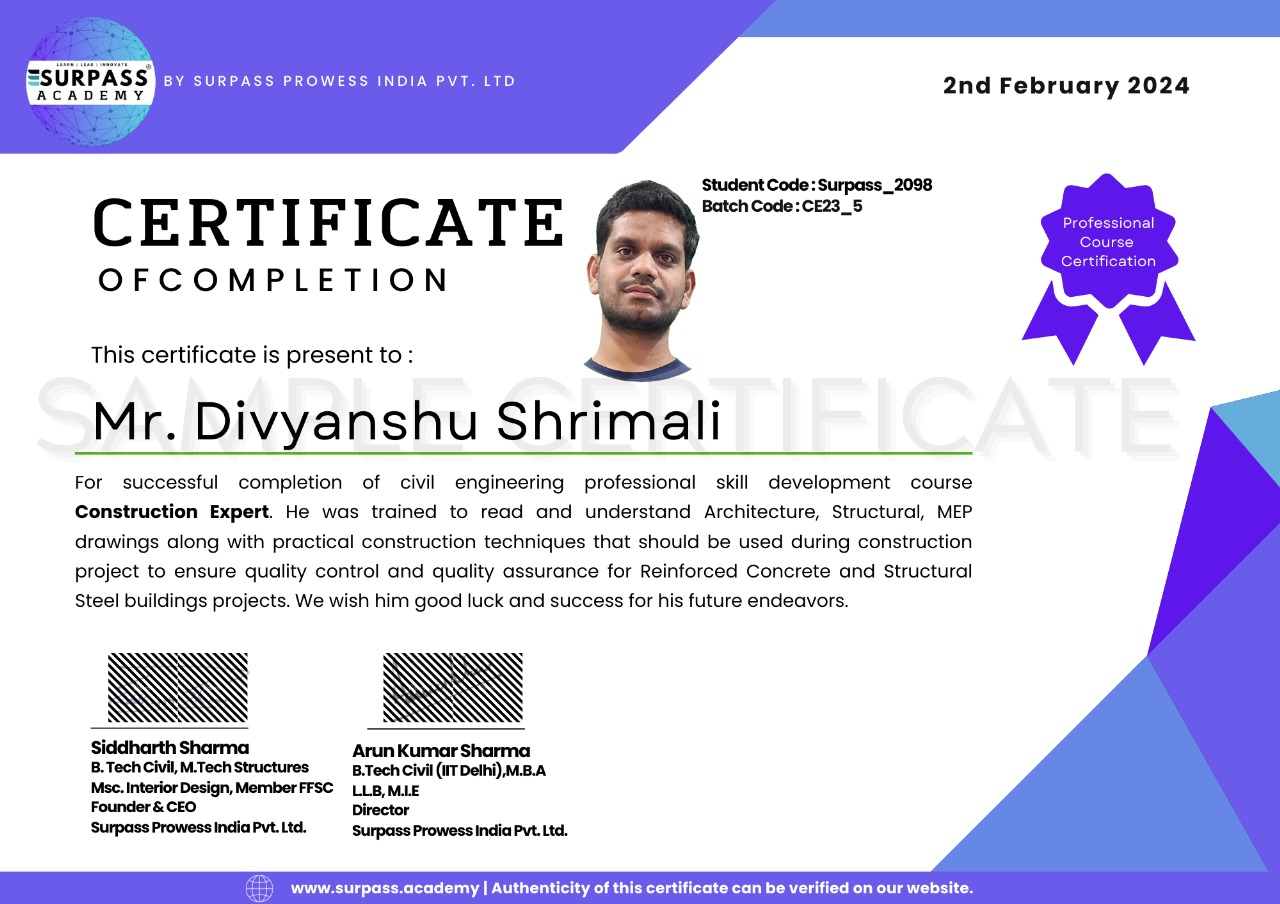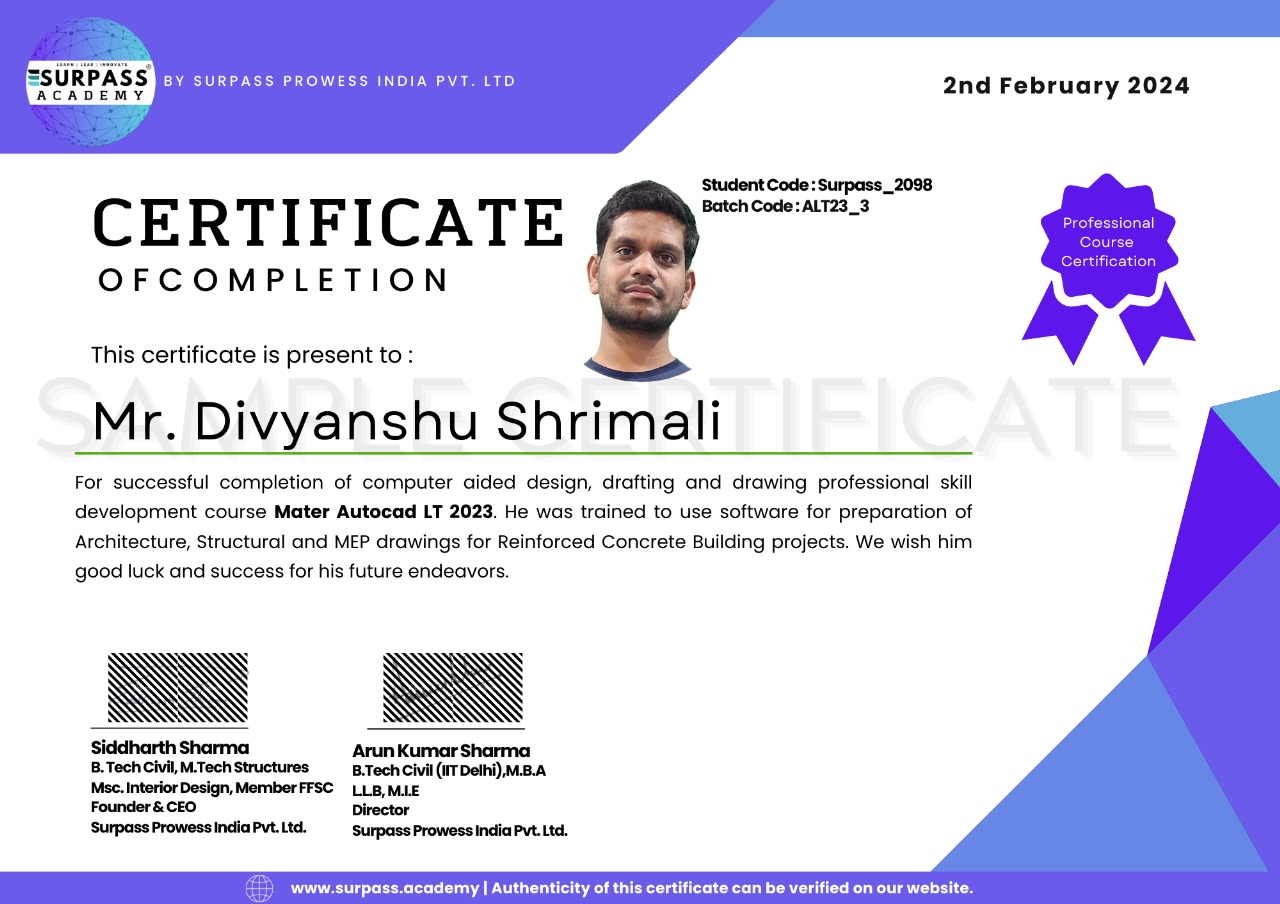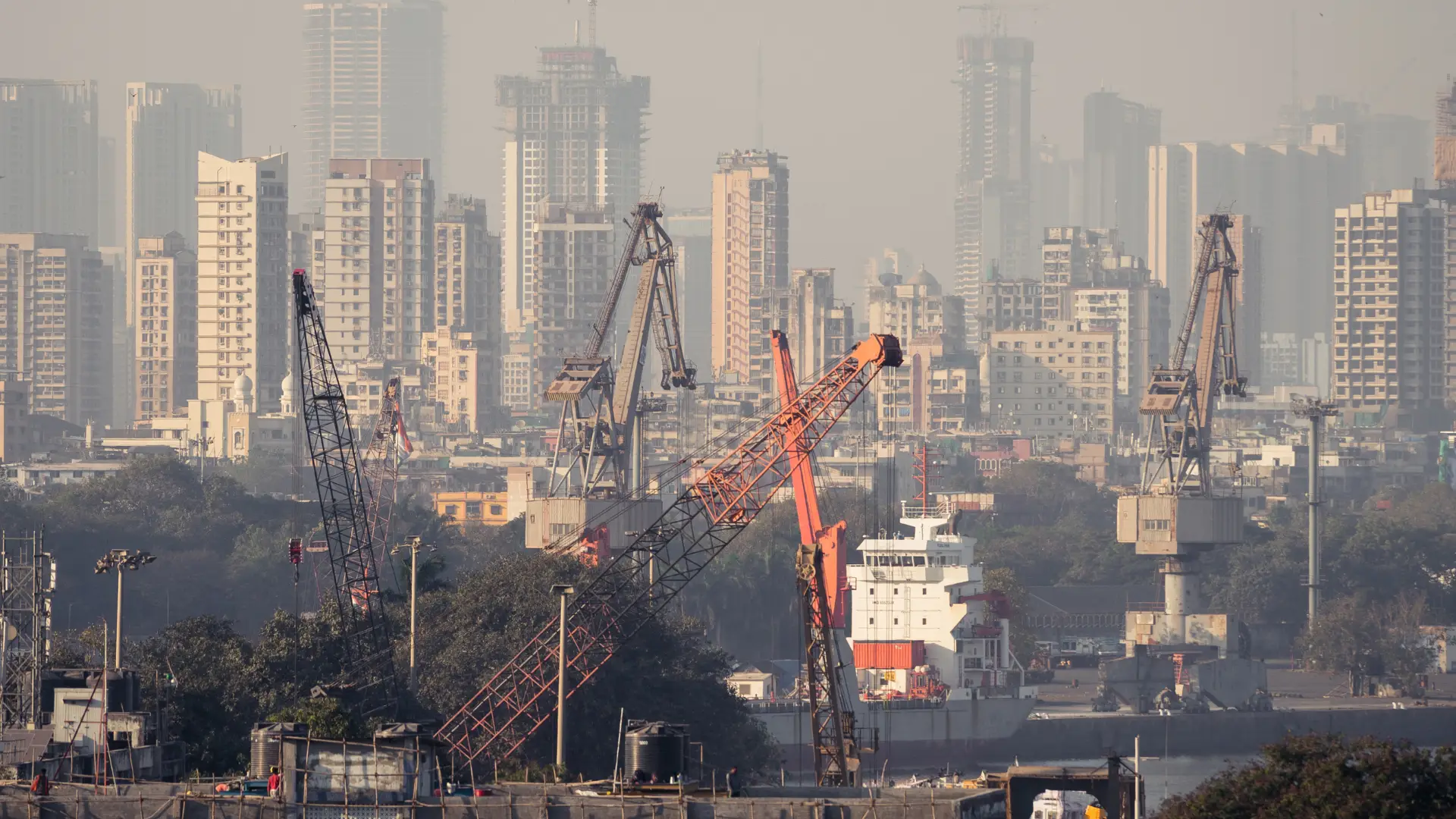
Ensuring Structural Integrity: Key Checks for Designing High-Rise Buildings
Introduction
Designing a high-rise building is a complex and challenging task that requires meticulous attention to detail to ensure structural integrity and safety. High-rise structures are subject to a variety of forces, including gravity, wind, seismic activity, and more, making it essential for structural designers to conduct thorough checks throughout the design process. In this technical blog, we will outline the important checks that a designer should perform when working on the structural design of a high-rise building.
- Load Analysis:
The first step in designing a high-rise building is to conduct a comprehensive load analysis. This involves determining the dead loads (permanent static loads like the weight of the building itself) and live loads (variable loads due to occupancy, equipment, etc.). Properly calculating these loads is crucial for designing a structurally sound building.
- Site Investigation and Geotechnical Analysis:
Understanding the soil conditions and geotechnical properties of the site is critical. A geotechnical analysis helps in selecting suitable foundation types and designing them to withstand the soil's bearing capacity and potential settlement.
- Wind and Seismic Analysis:
High-rise buildings are particularly susceptible to wind-induced forces and seismic activity. Engineers must perform wind tunnel testing and seismic analysis to evaluate the building's response to these forces. The design should incorporate measures such as damping systems and bracing to mitigate their effects.
- Foundation Design:
The choice of foundation type (e.g., shallow, mat, or deep foundations) depends on the soil conditions and the loads imposed. Foundation design must account for the building's weight, lateral forces, and any differential settlement to ensure stability.
- Material Selection:
The choice of construction materials plays a vital role in the structural design. Engineers should specify materials that meet required strength and durability standards while considering factors like environmental impact and cost-effectiveness.
- Structural System Design:
Selecting an appropriate structural system (e.g., reinforced concrete, steel, or a combination) is crucial. The design should optimize the arrangement of columns, beams, and shear walls to distribute loads efficiently and minimize structural vulnerabilities.
- Fire and Life Safety:
High-rise buildings need robust fire and life safety systems. Designers should ensure that the building complies with fire codes, including adequate fire-rated construction, escape routes, and firefighting equipment.
- Vertical Transportation Planning:
Efficient elevator and stairwell design is essential for high-rise buildings to facilitate smooth vertical transportation. Considerations include the number and capacity of elevators, emergency evacuation plans, and accessibility for differently abled individuals.
- Energy Efficiency and Sustainability:
In today's environmentally conscious world, designers must incorporate energy-efficient features and sustainable practices into the building's structural design. This includes optimizing insulation, daylighting, and HVAC systems.
- Peer Review and Quality Control:
Regular peer reviews and quality control checks are essential to identify and rectify any errors or oversights in the design process. Independent experts can provide valuable insights and ensure the highest standards of safety and performance.
- Construction Phase Monitoring:
The role of the designer extends beyond the design phase. Monitoring the construction process is critical to ensuring that the building is constructed according to the approved plans and specifications.
Conclusion
Designing a high-rise building is a complex and multifaceted task that demands a comprehensive understanding of structural engineering principles, materials science, and environmental considerations. The safety and integrity of the structure depend on the meticulous checks and analyses performed by the structural designer throughout the design process. By carefully considering loads, site conditions, materials, and safety measures, designers can create high-rise buildings that stand tall and strong, providing a safe and functional environment for occupants while meeting the demands of modern urbanization.




